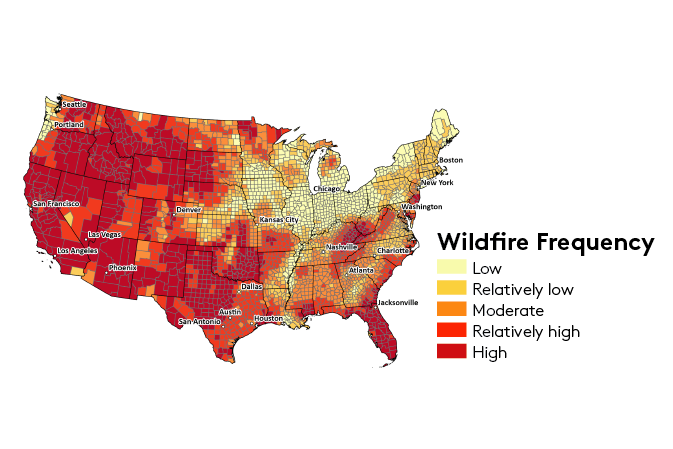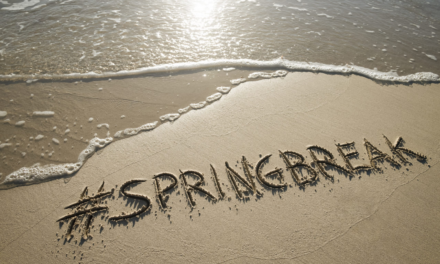Seth Panowitz, Staff Writer
Image sourced from the University of Vermont “Flocking to Fire” Study.
On March 8th the Department of Homeland Security and U.S. Fire Administration announced plans to install 80 new wildfire sensors as well as 16 wind sensors across Hawaii. This comes after Hawaii was impacted by a severe wildfire in August of 2023. This wildfire destroyed over 17,000 acres of land and caused damage equivalent to $5.5 billion. The wildfire was also responsible for more than 100 deaths and 67 injuries.
The Science and Technology Directorate is the organization in charge of developing these sensors. The sensors are Beta N5 sensors that measure thirty various chemicals, gases, and environmental conditions. These measurements will be monitored at all times by Artificial Intelligence (AI). If the AI receives an unusual measurement, a pre-programmed contact, such as the fire department will be notified. The fire department would then send the necessary resources to deal with the threat. This will allow for a quicker response and the ability to stop a fire before it becomes a full-scale wildfire.
The N5 sensors are designed to work in all weather conditions. They are also small enough so that they can be placed on traffic lights and utility poles around the United States. In 2024, the Department of Homeland Security is looking to install an additional 200 sensors in other high-risk areas in the United States.
I think there could be a potential issue with the sensors being monitored by AI. One major issue that I could think of is what will happen if the area using the sensors loses power. If the area loses power, will the sensors still be able to properly operate? If they can’t operate to the level they are designed to, a wildfire could start and quickly get out of control. Another issue is that if the AI misreads a measurement and doesn’t alert the proper personnel, this could also create an opportunity for a wildfire to become out of control.
Overall, I think the implementation of these sensors is a great idea. It is an advanced way to monitor wildfires that could be used as a mitigation tool. I think this will be able to help areas like Hawaii and Texas that have experienced severe wildfires within the past year. If these sensors are implemented in California and other high-risk areas in the United States, the number of wildfires that the United States faces every year will decrease.
Sources:
Wildfire detection sensors to be deployed around Hawaii following deadly wildfires (firerescue1.com)
Americans Are Flocking to Wildfire: U.S. Migration Study (uvm.edu)





